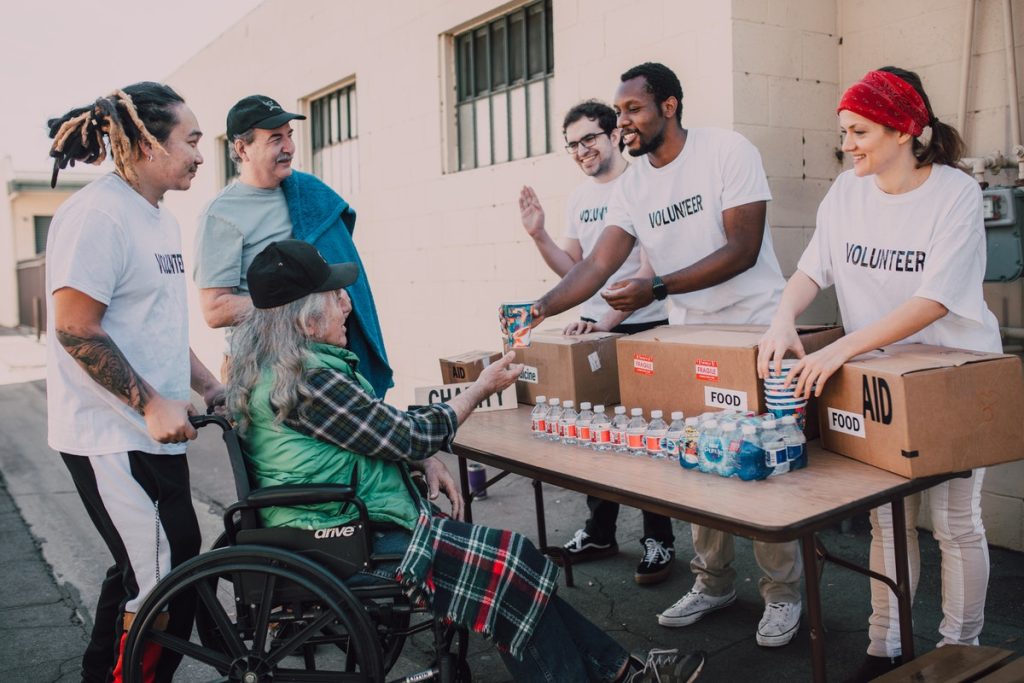Members of the community need to be able to work together to have a strong and peaceful society. However, many things can hinder this process. It is essential to be aware of these potential problems to avoid them. If you find yourself in a community where these things are happening, it may be time to reevaluate your involvement.
Here are some things that can hinder effective community building and a few tips on how to avoid them.
1. Lack of communication
One of the most important aspects of any relationship is communication. When community members don’t communicate effectively, it can lead to a breakdown in relationships and, ultimately, the community itself. There are a few things that can cause communication problems in a community:
- People are afraid to speak up due to fear of conflict or retribution.
- People don’t know how to communicate effectively because of a lack of experience or education.
- There is a language barrier in communities of people from different backgrounds.
Depending on the cause of the communication problems, there are a few different ways to address them. But in general, you can avoid communication problems in your community by encouraging open communication. Make sure everyone knows they can come to you with any issues or concerns. And make an effort to get to know the people in your community so that you can better understand their needs and concerns.
Some people also find it helpful to designate a specific time and place for community members to gather and talk. This can be an informal gathering like a weekly coffee night or a more structured meeting like a monthly community potluck.

2. Lack of support
In any community, some people will always need more support than others. For example, someone may be going through a difficult time in their personal life or struggling with a mental health issue. When these people don’t have the support they need, it can be detrimental to the community.
You can do a few things to ensure that everyone in your community has the support they need. For one, you can create a healthy support system within the community. This can be as simple as making a buddy system where members are paired up with others in the community and tasked to watch each other’s back. Or you can have a designated support group that meets regularly.
Another way to provide support is to create a resource list of outside support services. For example, if you know someone is suffering from depression, you can give them a list of mental health resources in the area. If someone is struggling with severe intimacy issues, you can connect them with an intimacy disorder rehabilitation center to help them resolve their problem and contribute better to society.
3. Lack of trust
Like communication, trust is also essential for any relationship. Many communities have trust issues because members don’t feel they can rely on each other. They feel like they have to protect themselves and their interests when they should be able to trust that others will do the same.
Trust may be lacking in a community because members don’t have the same goals. For example, one person may want to build a community that is close-knit and supportive, while another may be more interested in a large and diverse community. Without a common goal, it can be difficult for members to trust and rely on each other.
Lack of trust can also come from personal issues that members may have. For example, someone who has been betrayed in the past may find it difficult to trust others. They may have difficulty opening up to others and may be quick to judge or mistrust people.
If you find that trust is an issue in your community, there are a few things you can do to try to improve the situation. First, make sure that everyone is on the same page in terms of goals and objectives. It can also be helpful to have a code of conduct that everyone agrees to follow. This can help to set the expectations for how members should treat each other.
Finally, create opportunities for members to get to know each other better. You can do this through social events, group activities, or one-on-one conversations.
Building an effective community takes time, effort, and patience. But it’s worth it when you see the positive impact that a strong community can have. Many things can hinder effective community building. But by being aware of these obstacles, you can ensure that your community is strong and thriving.

